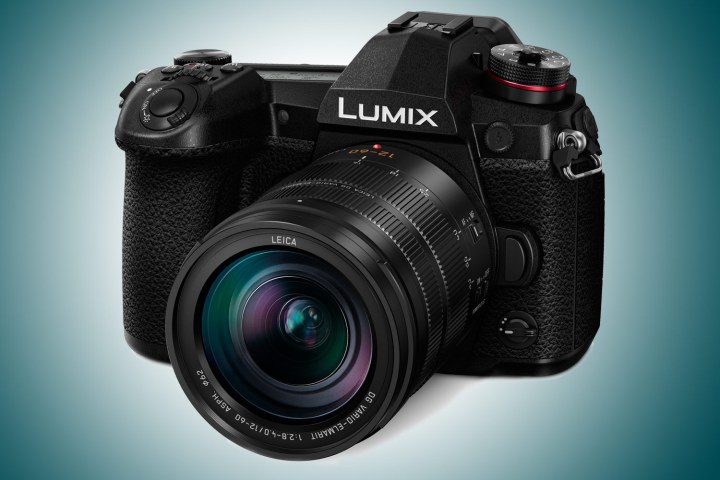
Borrowing heavily from the flagship Lumix GH5, the G9 is built around a 20-megapixel sensor and Venus Engine 10 processor. But Panasonic claims the G9 actually surpasses the image quality of the GH5, with more accurate color reproduction, specifically in skies and skin tones. It also boasts an impressive new internal stabilization system that promises up to 6.5 stops of stabilization power — with or without a compatible optically stabilized lens. Panasonic achieved this by relying on three different systems to track camera movement: the standard gyroscope, an accelerometer, and image data from the 20MP sensor itself.
The new stabilization system is also responsible for the G9’s other headline feature: a multi-shot mode that produces an 80MP RAW or JPEG file. According to the press release, it appears to work identically to how the High Res Shot mode works in some Olympus cameras, by taking eight different exposures while slighting shifting the sensor position between each.
The camera also features a completely revamped autofocus system, with 225 areas and a focus speed of 0.04 seconds — quick enough for Panasonic to claim it now has the fastest autofocus in the world. It should also be much better at tracking moving subjects, according to the company.
In addition to 4K video, the G9 also inherits 6K photo mode from the GH5. Users can extract an 18MP still frame from a 30 frames-per-second sequence. Standard continuous shooting mode tops out at 20 FPS with continuous autofocus, or a staggering 60 FPS with AF locked.
While these features alone would have made for a worthy upgrade, Panasonic didn’t stop there. The G9 sees numerous usability improvements, including a new LCD information display on the top of the camera, dual UHS-II SD card slots, and a dedicated AF point selector joystick. An optional vertical battery grip will also be available.
Alongside the G9, Panasonic announced the Leica DG Elmarit 200mm F2.8 Power O.I.S. lens. The company stated it has the sharpest edge-to-edge performance of any Lumix lens, providing a solid telephoto offering for Micro Four Thirds shooters. The 400mm full-frame equivalent lens is also dust and splash-proof, making it a good compliment to G9.
It won’t come cheap, however. With an MSRP of $3,000, the sharpest Lumix lens ever is also the most expensive. Both it and Lumix G9 camera will be available in January 2018.



